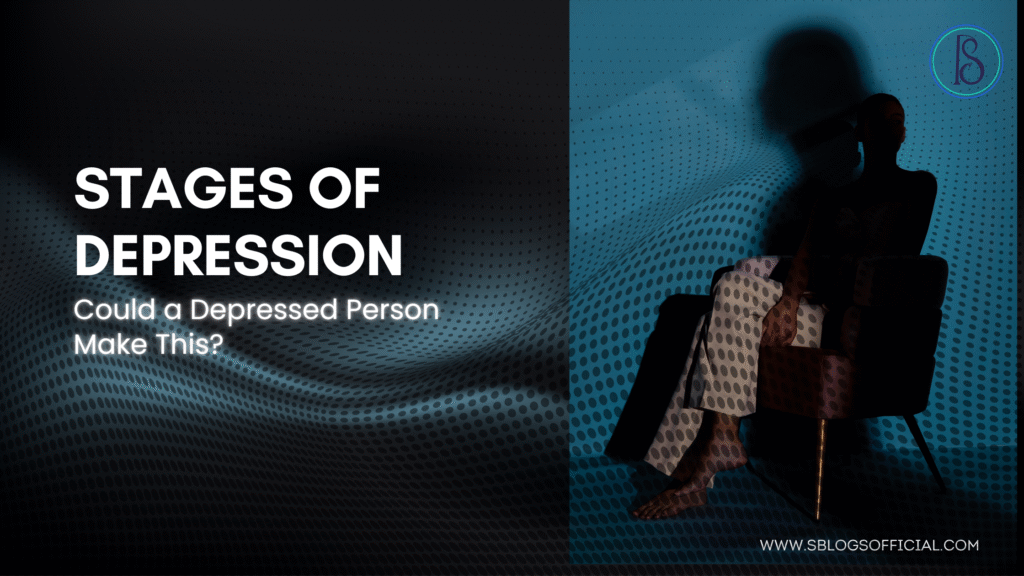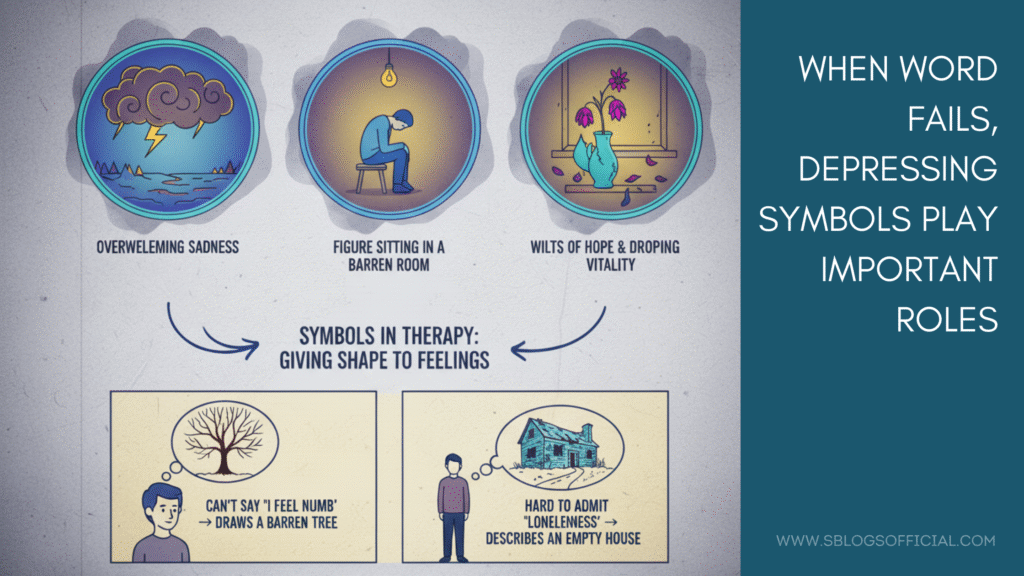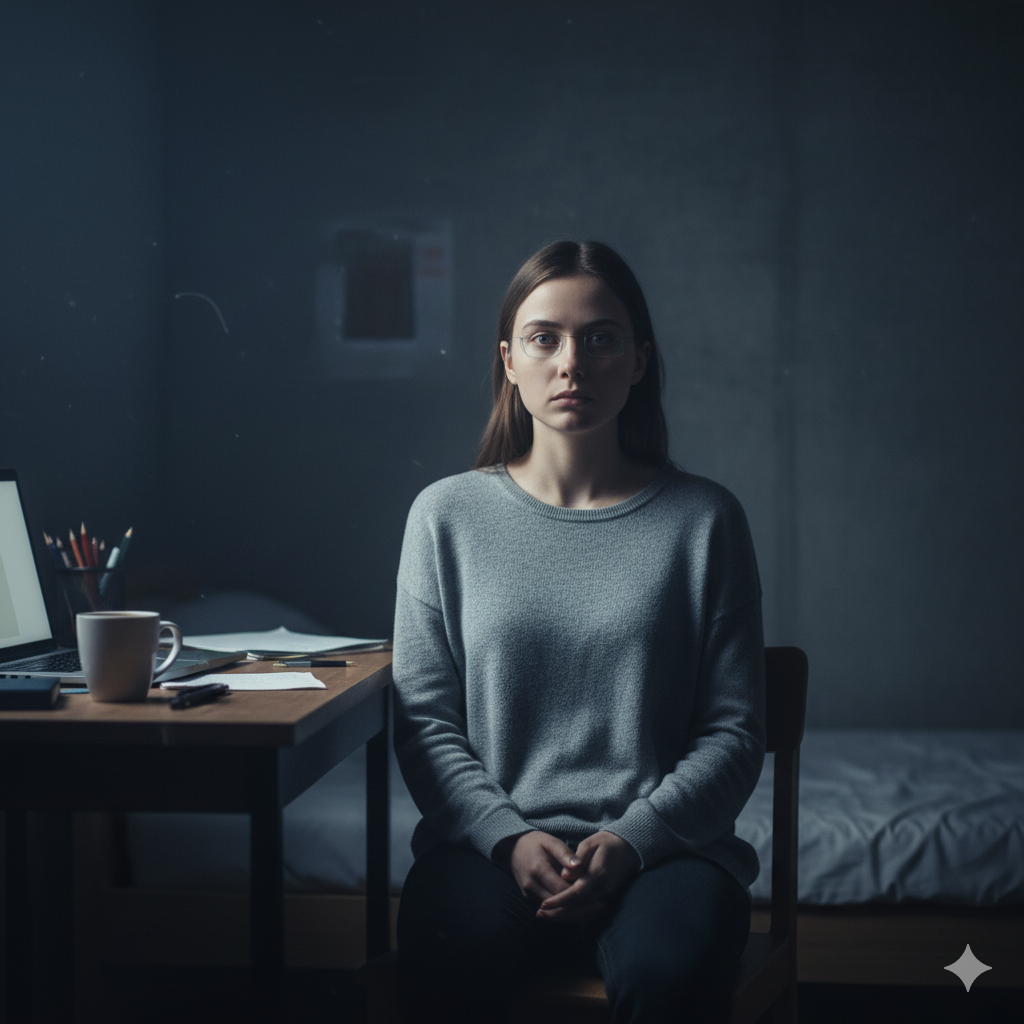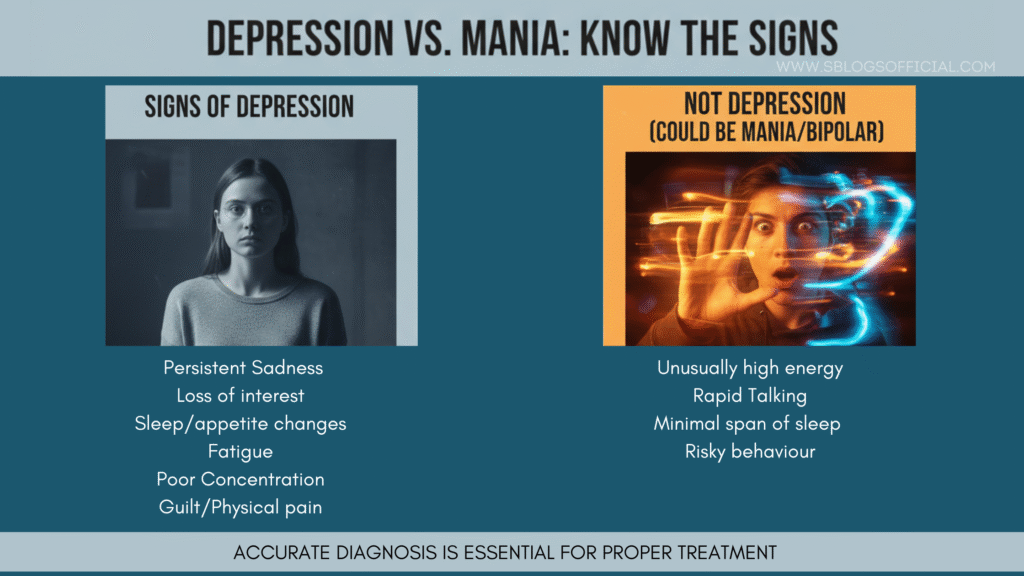
Depression is one of those topics that almost everyone has heard about, but very few truly understand until they or someone close to them experiences it. It isn’t just about being sad for a few days or losing motivation for a short while. Depression can settle in like a heavy fog, slowly shaping how a person thinks, feels, and behaves. What makes it tricky is that depression doesn’t appear overnight. Instead, it often develops gradually, moving through different phases. Recognising the stages of depression is crucial because early awareness can make a huge difference in recovery. Too often, people dismiss the earliest hints as “just stress” or “a rough patch,” not realising these subtle changes may be the beginning of something deeper.
In this blog, I want to break down the stages of depression in a way that feels relatable and easy to follow. Along the way, I’ll also explore an interesting question people often ask: could a depressed person make something like this article? It’s worth thinking about, because depression affects productivity, creativity, and focus in complex ways. I’ll also look at how depressing symbols, such as stormy skies or empty rooms, reflect emotional states when words fall short. Another concept we’ll touch on is the so-called “depressed stare,” a quiet but telling sign. From there, I’ll move into what the depression symbol is, why it matters in awareness campaigns, and finally, answer a common educational question: which of the following is not a sign of depression? By the end, I hope this discussion makes depression less mysterious, less stigmatised, and a little easier to talk about.
Also Read- Holistic Health & Healing | A Complete Guide to Natural Wellness
Understanding the Stages of Depression
One of the most important things to know is that depression tends to unfold gradually. Think of it as a journey that begins subtly, often with little warning, and then intensifies if left unaddressed. The stages of depression highlight how symptoms shift over time. In the earliest phase, sometimes called the prodromal stage, people might notice mild issues. Maybe it’s harder to concentrate at work, sleep feels less restful, or meals don’t bring the same satisfaction. Fatigue creeps in, and what used to be enjoyable starts to feel dull. Most people brush these signs off, assuming it’s just life, but these are often the whispers of depression making its entrance.
As depression deepens into the emerging stage, sadness and apathy grow heavier. Someone who once loved social gatherings may start avoiding friends. Tasks like cooking dinner or answering emails feel like climbing a mountain. This is when others often start to notice the changes, describing the person as distant, disconnected, or not quite themselves. If help isn’t sought, depression can move into the acute stage, also known as a major depressive episode. At this point, the low mood is constant. Physical symptoms aches, disrupted sleep, and lack of appetite, become hard to ignore. Decisions feel impossible, concentration slips further, and in some cases, thoughts of self-harm or hopelessness appear.
For some people, depression doesn’t just come and go; it lingers. This is the chronic or persistent stage, sometimes referred to as dysthymia. Here, the sadness isn’t always as crushing as in an acute episode, but it’s steady and relentless, lasting for years. Even if it’s less intense, the constant presence wears away at the quality of life. Yet the story doesn’t end there. With therapy, medication, lifestyle changes, and support, recovery is possible. The recovery and maintenance stage often involves learning how to spot warning signs early, practising healthy coping strategies, and continuing treatments that work. These stages of depression remind us that it’s not a static condition. It evolves, and so does the chance for improvement.
Also Read- Top 10 Life Stress Events: What Causes Most Stress
Could a Depressed Person Make This?
This question may sound unusual, but it comes up often: if someone is depressed, could they still write an article, create art, or manage structured work? The short answer is yes, but with a big asterisk. Depression affects energy, focus, and motivation. For someone in the acute stages of depression, the idea of writing even a few paragraphs can feel overwhelming. Concentrating may feel like trying to read through a fogged window, and getting words on paper can take enormous effort.

However, during milder stages or times of partial recovery, many people are still able to create, organise, and even excel in tasks like writing. In fact, for some, the act of writing about depression itself becomes a form of release and healing. It allows emotions that feel too heavy to find an outlet, turning pain into purpose. So yes, a depressed person could make this, but depending on where they are in the stages of depression, it may either be a therapeutic outlet or an exhausting challenge. What matters most is acknowledging both the limitations depression creates and the resilience many people show despite it.
What Is the Depression Symbol?
Unlike breast cancer awareness, which has the pink ribbon, depression itself doesn’t have one single universal symbol. However, in broader mental health advocacy, the green ribbon has become a key emblem. Green represents renewal, hope, and growth, all concepts tied to recovery. When worn on a shirt, pinned to a bag, or shared on social media, the green ribbon serves as a reminder that mental health matters, that stigma must be challenged, and that those struggling with depression are not alone.
Using the depression symbol publicly helps normalise conversations around mental health. Seeing someone wear the ribbon can spark dialogue, remind others that it’s okay to seek help, and promote collective responsibility for well-being. While it may not erase depression, the symbol stands for solidarity, compassion, and the belief that healing is possible.
Also Read- Natural Stress Relief: From Supplements for Stress to Stress Balls
The Role of Depressing Symbols

When words fail, symbols step in. Think about storm clouds rolling over a dark sky, a lone figure sitting in a barren room, or a wilted flower drooping in a forgotten vase. These kinds of images often pop up in art, literature, or even personal sketches during therapy sessions. They are what many call depressing symbols, ways of expressing feelings that are hard to put into words. They don’t diagnose depression, but they do reveal inner emotional landscapes.
Depressing symbols can be particularly powerful in therapy because they bypass the need for polished explanations. A teenager who can’t say “I feel numb” might instead draw a leafless tree standing in the snow. An adult who finds it hard to admit loneliness might describe an abandoned house on a deserted street. These symbols give shape to feelings of sadness, emptiness, or isolation, allowing therapists and loved ones to better understand what someone is going through. They also highlight how depression often seeks expression, even when language feels locked away.
The Depressed Stare
Another subtle but telling sign often talked about in mental health circles is the depressed stare. Picture someone sitting quietly, eyes unfocused, blinking slowly, their face showing little expression. It looks like they’re staring through rather than at something. This blank, distant gaze is sometimes compared to the “thousand-yard stare,” a phrase once used to describe soldiers after trauma. In depression, it can reflect emotional numbness, disconnection, or simply the exhaustion of carrying an invisible burden.

The depressed stare alone doesn’t diagnose depression, but in combination with other symptoms, it adds to the picture. Clinicians may notice it during interviews, or friends may pick up on it without knowing what it means. It’s a nonverbal window into how drained someone feels, and recognising it can encourage timely conversations about mental health support.
Which of the Following Is Not a Sign of Depression?
When learning about mental health, it’s just as important to know what depression is not. Classic symptoms include persistent sadness, loss of interest in activities, fatigue, appetite or sleep changes, poor concentration, guilt, physical pain without medical cause, and sometimes, thoughts of self-harm. All of these belong in the stages of depression we described earlier.
But if someone suddenly experiences bursts of unusually high energy, talks rapidly, sleeps very little without feeling tired, and engages in risky behaviour, those are not signs of depression. Instead, they point toward mania or hypomania, which are part of bipolar disorder. Knowing this difference matters. Misinterpreting manic symptoms as depression could lead to the wrong treatment, and in mental health, accurate diagnosis is everything.

Pulling It All Together
We’ve walked through the stages of depression, from subtle early whispers to persistent conditions and eventual recovery. Along the way, we asked whether a depressed person could still create meaningful work, explore the role of depressing symbols, and look at how the depressed stare reflects emotional numbing. We also considered the depression symbol, the green ribbon that stands for hope and awareness, and clarified which symptoms are not part of depression.
Talking about depression doesn’t make it worse; it makes it easier to spot, understand, and treat. If anything, awareness helps us replace stigma with compassion and silence with honest dialogue. So, whether you’re recognising the early stages of depression in yourself, supporting a friend, or just wanting to understand better, remember this: depression is not the end of the story. With recognition, support, and treatment, recovery is not only possible, it’s common.
References
